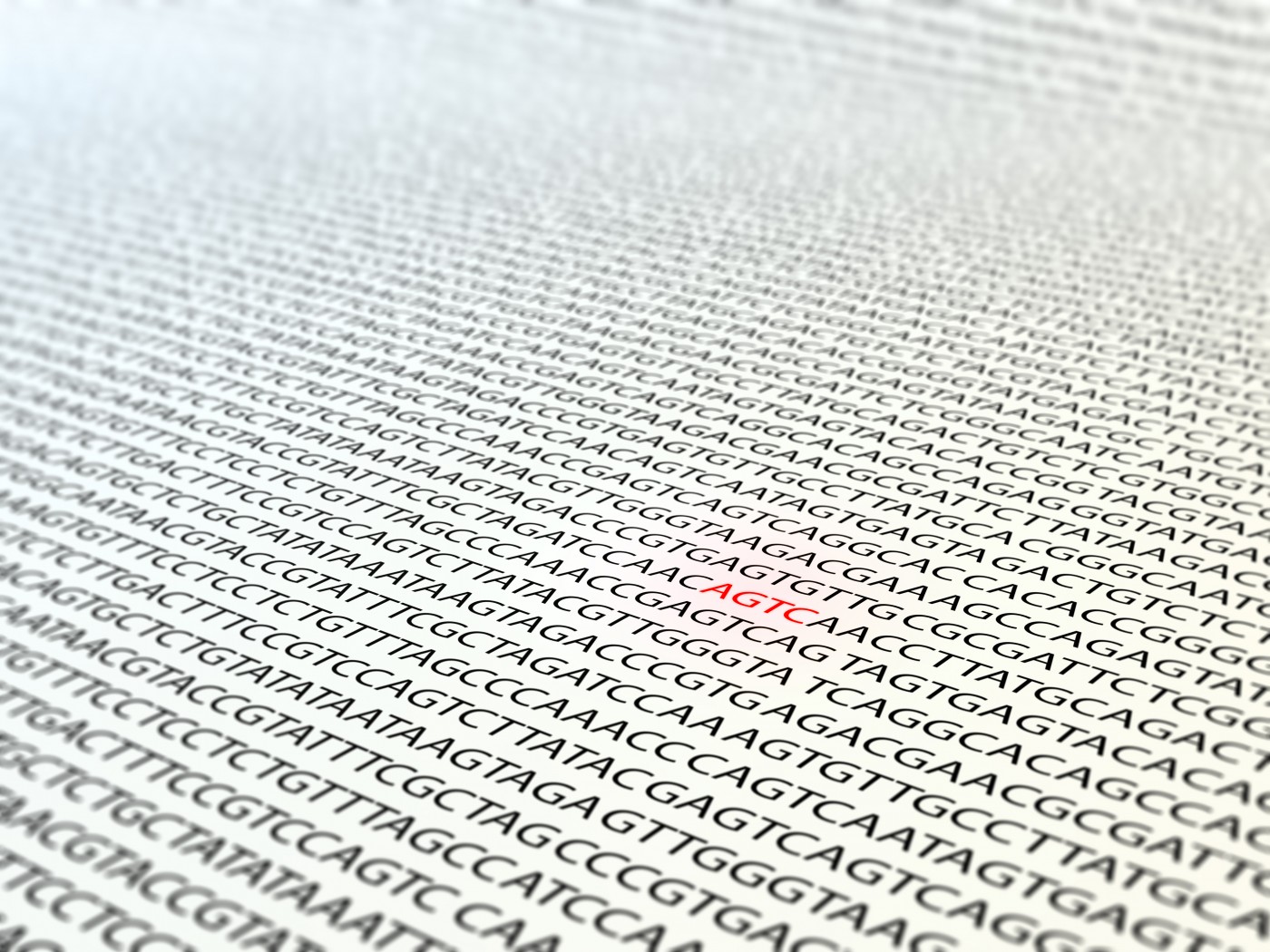Alport Mutations Database Expanded, with More Variants to Be Found

A study of more than 750 previously unknown mutations in the Alport disease-causing collagen genes suggests that researchers have touched just the tip of the iceberg, identifying fewer than 10 percent of all possible genetic variants.
Findings also demonstrated that the age at which patients reached end-stage renal failure was the same for variants in all three genes. Further characterizing Alport mutations will give researchers a better understanding of disease progress, allowing more intense treatment for those at higher risk of kidney failure.
Since the data used came from routine diagnostic laboratories, the study, “X-Linked and Autosomal Recessive Alport Syndrome: Pathogenic Variant Features and Further Genotype-Phenotype Correlations,” published in the journal PLOS ONE, also demonstrated the strength of sharing and analyzing data collected.
The study, led by a research team from the University of Melbourne in Australia, collected information about previously unpublished gene alterations in the COL4A3, COL4A4, and COL4A5 genes. The data was provided by 12 international laboratories.
The data was gathered in patients who had a gene test during exams of suspected Alport disease, with renal failure, hearing loss, eye problems, and abnormalities observed in kidney biopsies.
Alport-related gene changes are registered in a database known as LOVD, which holds publicly accessible information on all sorts of genetic variants. Adding the 754 new variants increased the number of mutations in COL4 genes in the database by 25 percent.
With the addition of the new variants, the total collection of genetic variants in the COL4A5 in the database was 1,168. Although missense mutations — causing a change of one amino acid (the building blocks of proteins) — were most common, the team found all sorts of other changes in the gene.
The team attempted to search for links between mutation types and disease severity, and found that 68 percent of mutations were linked to renal failure before the age of 30. More complex or severe mutations were often causing severe symptoms and earlier kidney failure. Also, gene alterations that cut the protein chain short caused more severe forms of the disease.
Researchers found COL4A5 gene variants in 68 women. The COL4A5 gene sits on the X-chromosome, and one mutated gene is often not linked to severe disease. Of the women who developed kidney failure in this group, almost twice as many had complex mutations, but the difference was not statistically significant.
Mutations in the COL4A3 and COL4A4 genes are less common, with 266 and 268 reported genetic variants in each. The team found that the mean age of kidney failure linked to mutations in the two genes was similar to that for COL4A5, about 23 to 25 years old.
Patients with two severe mutations had more severe disease than those with no severe variations. Again, mutations in the COL4A3 and COL4A4 genes, causing shorter proteins, were also linked to more severe disease.
“The major challenge for the future is to encourage all diagnostic laboratories, including those that are commercially-based, to submit their variants to a database, together with accurate pathogenicity assessments and as much clinical information as possible,” the authors wrote in their concluding remarks.







Leave a comment
Fill in the required fields to post. Your email address will not be published.